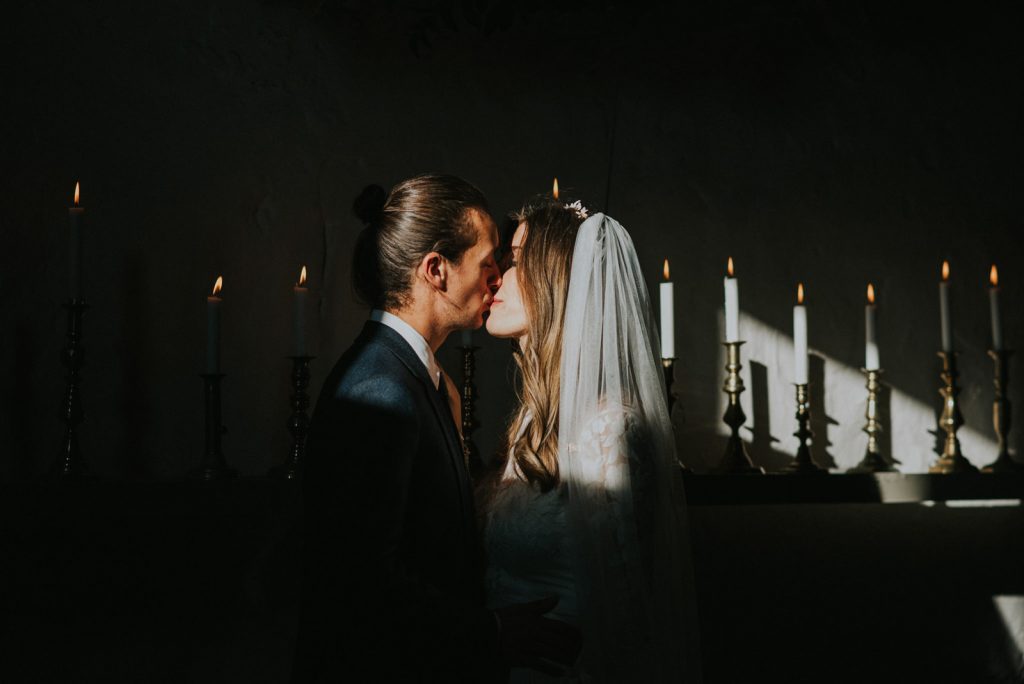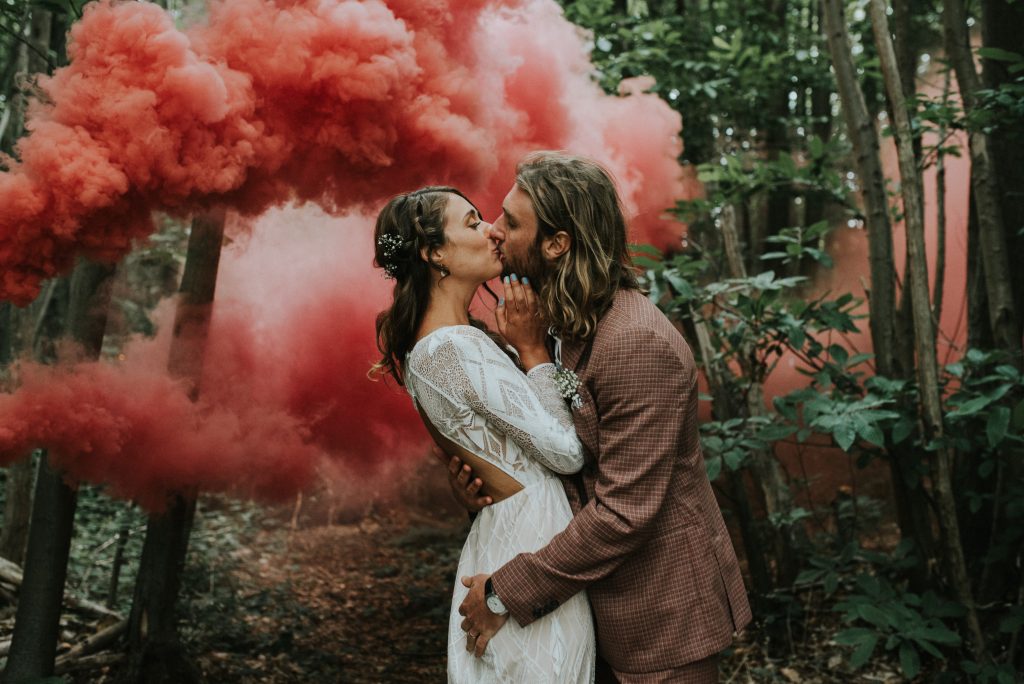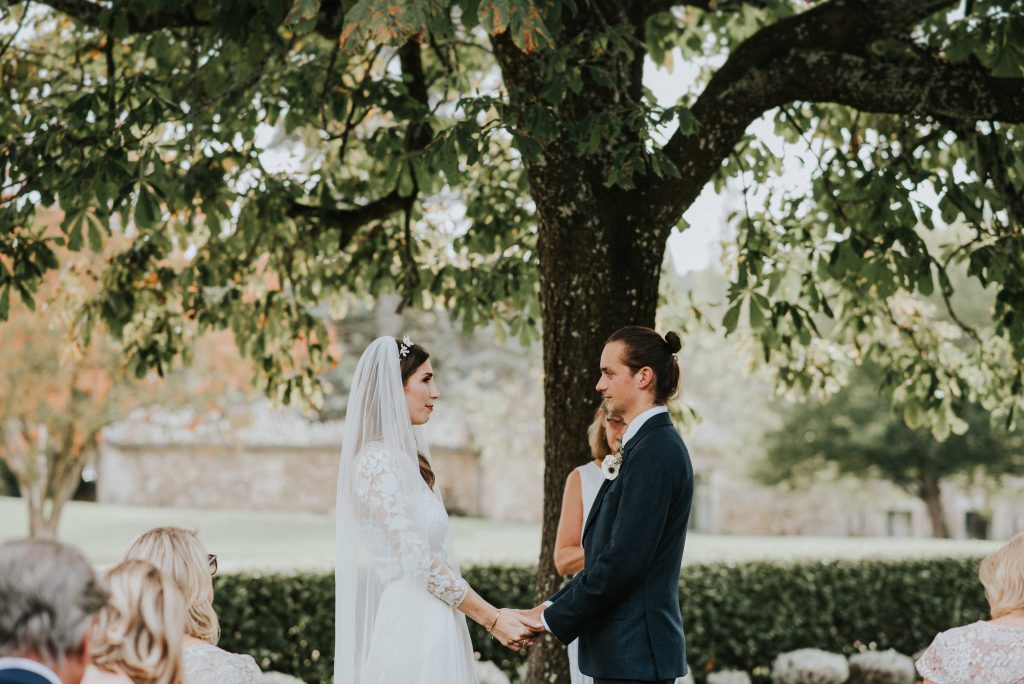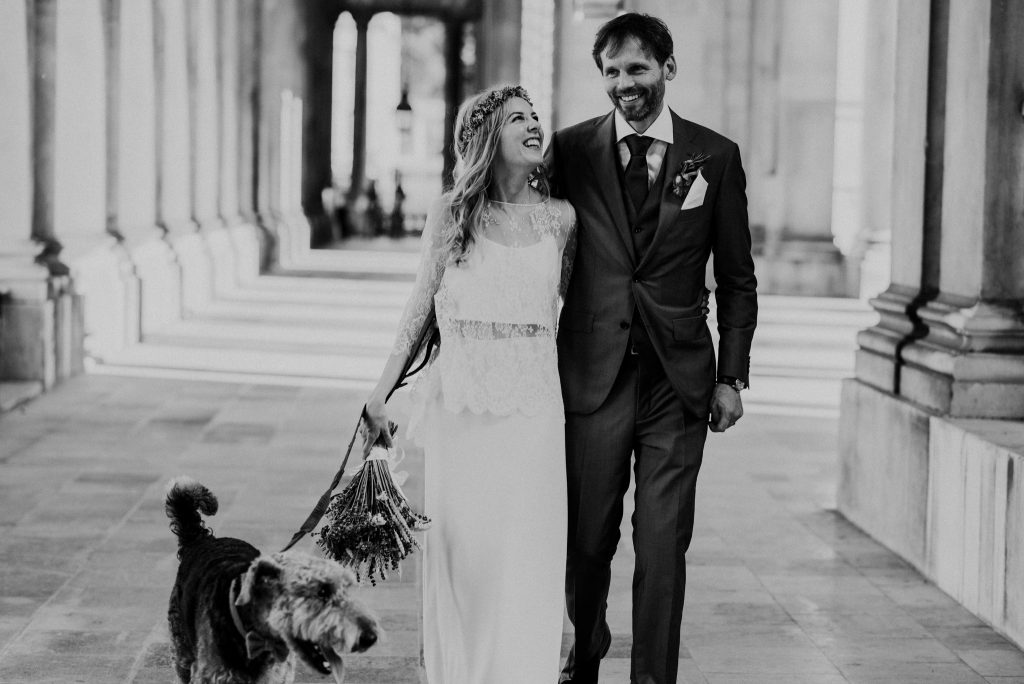We’re in a season of reflection and thanksgiving in our cultural and spiritual traditions. Yet, this has been a very different sort of year. For hundreds-of-millions around the world, 2020’s ebbs and flows have been dominated by the consequences of the novel coronavirus pandemic.
We Can’t Breathe: When There is Little to Give Thanks For
This is the year the phrase “I can’t breathe” has echoed globally: in the intensive care units of our hospitals; through cotton facemasks in empty streets; with the dying whisper of a man with his head forced hard against the pavement; and in the angry cries of protesters demonstrating against inequalities from Hong Kong to Sudan, from Portland to Delhi. 2020 has been suffocating in its intensity - a constant stream of angry, divisive, noisy polarised politics in contrast with the deafening silence of the isolation and loneliness felt by so many ‘locked-down’ in more ways than one. We find ourselves at the bookend of a year marked more by its suffering than its celebrations. In such a year, can we really muster up the words with which to give thanks?
The past 12 months have not all been negative though. 2020 has forced a global reckoning with our shared humanity – the spread of COVID-19 itself symptomatic of the interconnected and interdependent world in which we live. We’ve been reminded that our neighbourhood stretches far beyond our own back yard. In the midst of some of the most painful situations we have also seen the emergence of a new sense of community and collaboration. So now, more than ever, I believe that not only should we embrace the season of thanksgiving, but we should clasp the practice of gratitude with all our might. After all, gratitude is not just about tacky platitudes or dinner table declarations, it is about creating a different dialogue in the world that concentrates on what is good.
Thankfulness in the Midst of Suffering
I am not a scientist, but I know that we are hardwired with the evolutionary instinct to look out for threats. It is natural to reflect on the things that trouble us. There is nothing wrong with this, but it does mean that for most of us stopping in our daily lives to give thanks is not intuitive.
In recent years, the practice of gratitude has been wrongly confused with the social media exercise of showcasing how ‘#blessed’ we all are. I am guilty as charged of this – papering over pain with inspirational quotes or pretty pictures, ‘living my best life.’ We must make a distinction between feeling grateful and being grateful. Gratitude is a feeling, but it can also be an action. To give thanks is a conscious act, and trials and suffering can actually refine and deepen a sense of gratitude.
As my world slowed down in April following the first UK-wide lockdown, absent of my London commute and the urgency of a pre-2020 world, I started to notice things. I have sorely missed the physical connection with friends and family, but this year has also been punctuated with the things I have gained. There is a newfound sense of connection with the world around me: The scent of bonfires, the feel of dew-soaked grass under my feet, the joy of walking by the sea and hearing the waves still crashing in. I started to notice what had always been there, that which I had ignored when I was always in such a rush. I also gained a keen sense of how strong some of my human relationships are. There are people I have not seen in person for months, but I do not feel less in their eyes, and they are not less in mine. Out of these gentle inner-epiphanies, I realised that so often, I can take life for granted. And out of that knowledge, I have naturally found words of thanksgiving pouring from my lips.
It is the difficult times that teach us that being grateful does not mean denying negativity. Being grateful means choosing to acknowledge that even in the very darkest of moments we can gift ourselves light and positivity, even if it is just in the silence of our bedroom in our own hearts and minds.
Though earlier in this blog I made a bit of a dig at inspirational quotes, I am a sucker for a good one and there is one that is very apt to this theme. Archbishop Desmond Tutu once wrote, “Discovering more joy does not save us from the inevitability of hardship and heartbreak.” Similarly, finding things to be grateful for does not mean we get to escape the trials of life that bend us and form us. But both joy and gratitude, when fostered with purpose and intention, can shape the way we cope with the suffering that life inevitably brings.
Three Ways to Practice Gratitude: Advice from a Girl Still Figuring it Out
1) Name the Things that Make You Glad
I am not one of life’s list-makers – I dearly wish I was!
I have incorporated a daily practice mid-afternoon of pausing for a couple of minutes, breathing deeply, and giving thanks for at least three things. These are often the simplest of things: the taste of warm lemon meringue pie sharp on my lips, the scent of coffee brewing, the sound of seagulls overhead, the way the wind whips my hair on an Autumn day and makes me feel alive, how good the cold underside of my pillow feels when I am tired and restless. I recommend this habit to those who have read this far into this blog, and I recommend it to my future self when she returns to the bustle and hurry of London commuting.
2) Practice Thankfulness Out Loud
Not all gratitude needs to be public, but there is a place for thanking others and most of us don’t do it anywhere near often enough. COVID-19 has made us collectively more aware of our own mortality and of the vulnerabilities of others. We never know when we might lose the chance to say thank you. Let us never regret words left unsaid.
3) Let Gratitude be the Start
When we are grateful for the food on our table it can fill us with compassion to act on behalf of our neighbour who is reliant on food banks. If we recognise and are grateful for all we have, we should, in turn, be angry about the injustice that prevents others from reaching their potential. The gift of a healthy body should ready us to use it in service of others. When we can be glad of a safe bed to sleep in, we should seek solutions for peace in the places where rest is hard to fathom.
Gratitude is not just a gift-card greeting we disperse once a year during the holidays – it is a habit we can cultivate and get better at. The more we nurture this practice in our own lives, the more we will see other fruits blossoming. In the midst of even the hardest of years, we can speak life and light into the darkness with a grateful heart.
Image by Sophia Schorr-Kon
